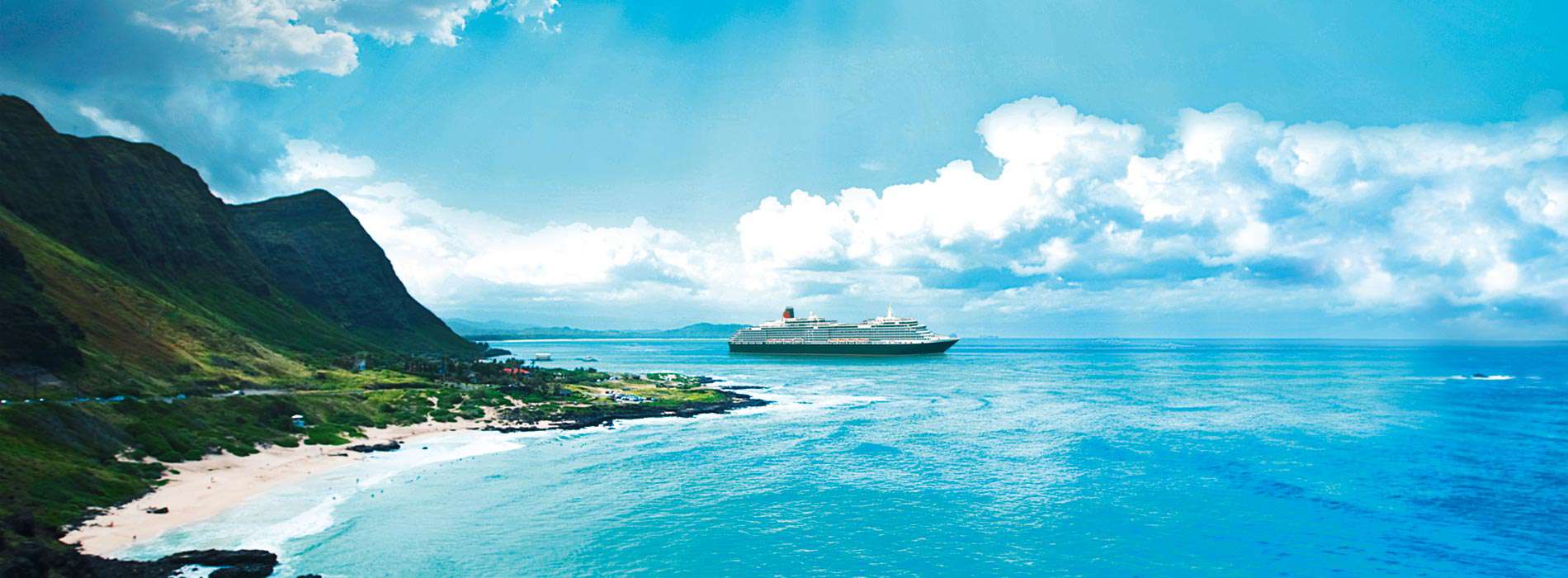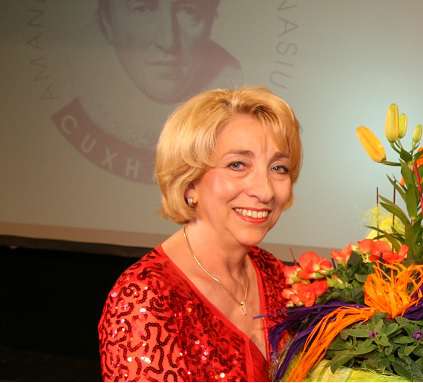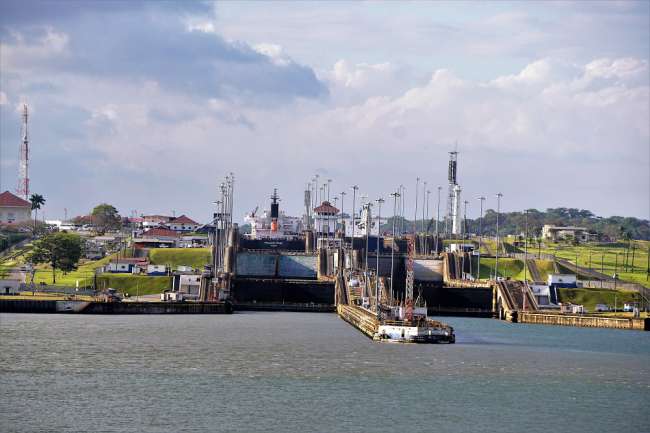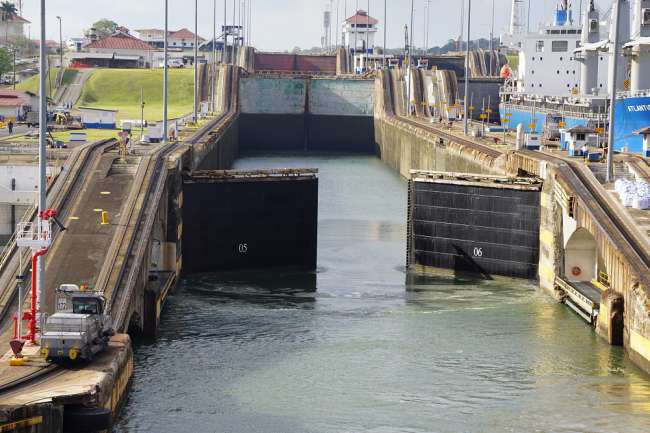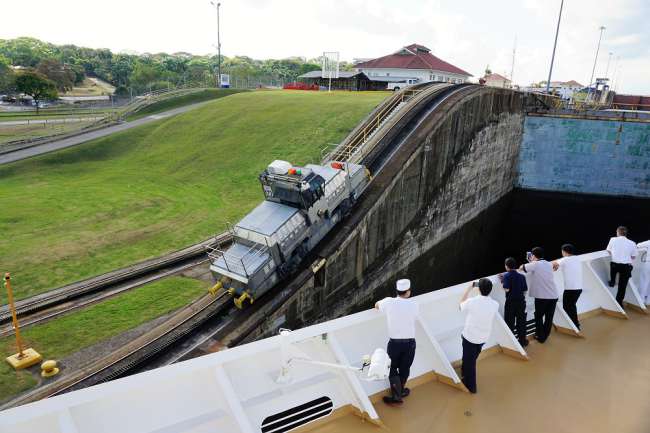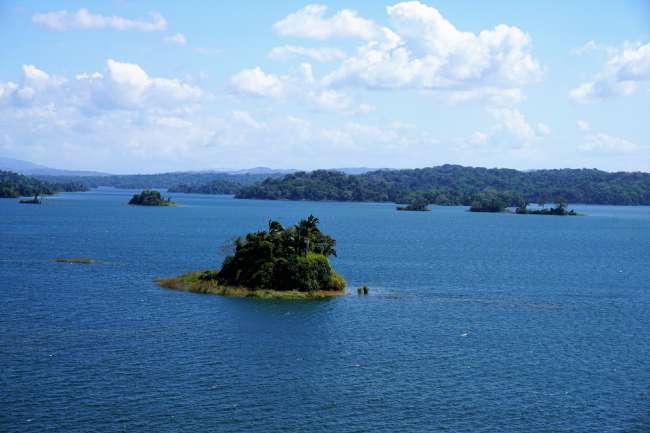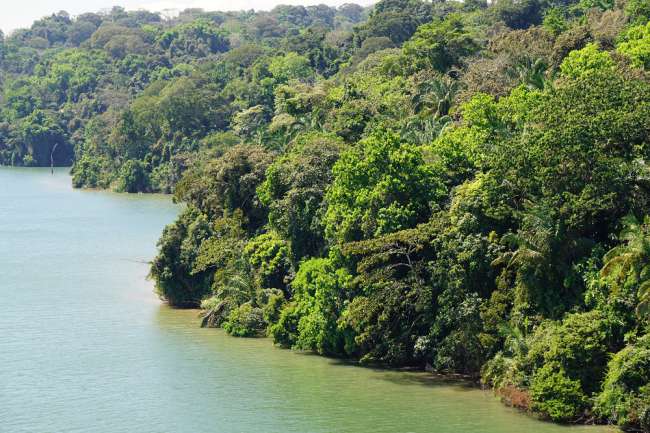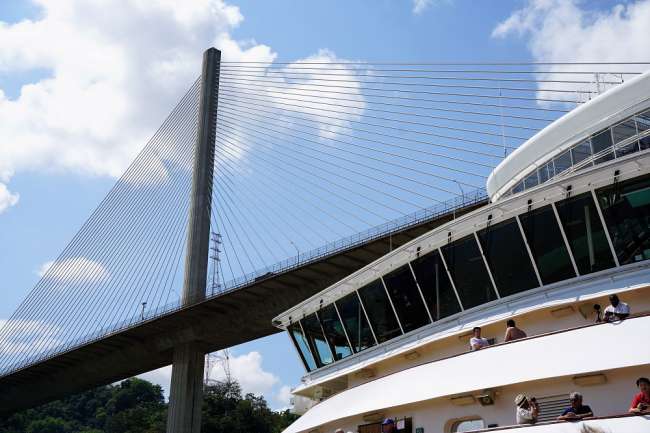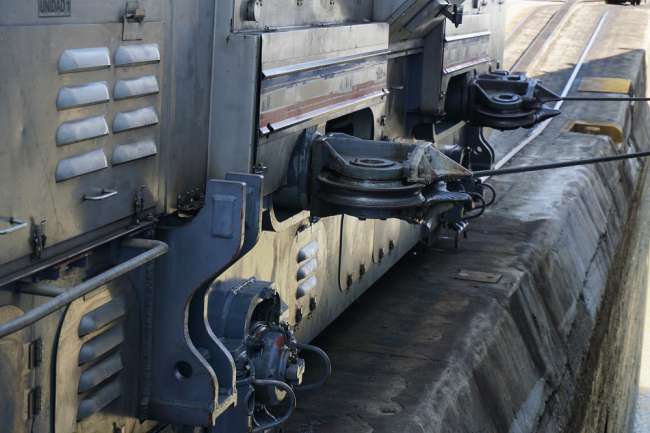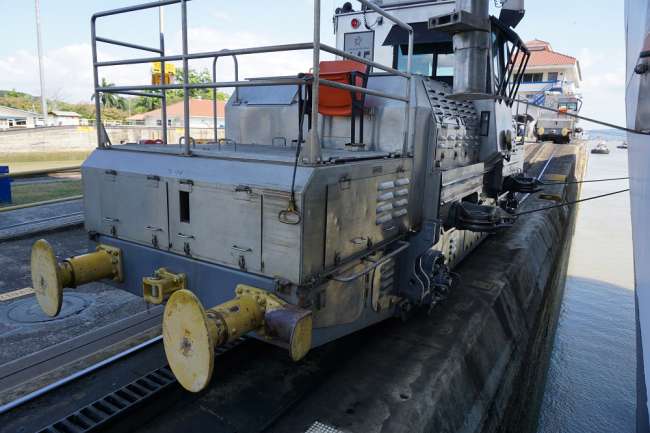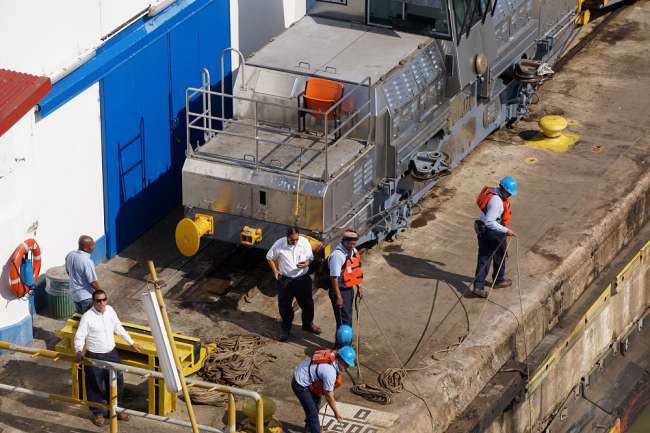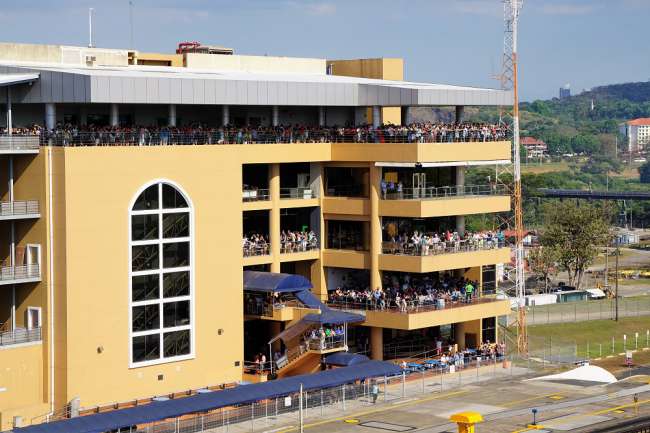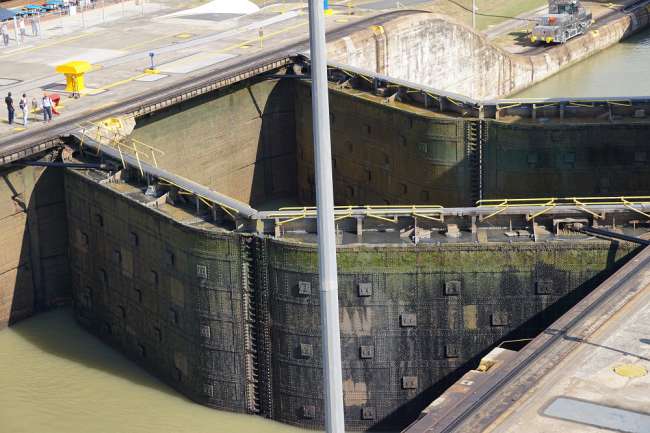The Highlight - the Panama Canal
Опубликовано: 29.01.2017
Подписаться на новостную рассылку
The passage was an incredible undertaking that I had not imagined like that. Although well equipped and prepared with lectures and informational materials on board, it exceeded my expectations and was even more impressive in reality. After all, the canal is 82 kilometers long, but it is not a narrow canal as I had expected, but you drive through a lot of nature and directly through the jungle on lakes, with extremely high humidity and temperatures in the 30s. The journey took a total of 9 ½ hours, of which I was almost exclusively outside on deck with breaks for drinking and cooling down. So, it was really exhausting, but it was worth it.
Even before sunrise at six o'clock, I was on deck and first inspected all the additional decks where one could take good photos. We had received good tips from our onboard photographers beforehand. In the early dawn, at least 30-40 ships were already waiting in Colon on the Atlantic-Caribbean side for their starting position. The QE was the first in the convoy, and it sailed into the old lock complex with 4 pilots on board. Recently, a new lock complex has been added, which is even wider. However, in the future, it will not help the Queen Mary, as it will fit into the lock, but it will not fit under the two bridges of the canal. The QE just barely fit into the lock. With a length of around 300 meters (QE 294m) and a width of just under 35 meters (QE is 32 meters wide), the locks of the Panama Canal are among the largest concrete structures that were built in 1914 and are classified as the 8th wonder of the modern world.
The "mules," the gear-driven tugs on the left and right side of the ship, then pulled the ship to the front lock gate using heavy steel cables, and it was like riding in an elevator, we were quickly lifted or lowered. The necessary amount of water (only fresh water) for the operation of the locks is supplied by the Gatun Lake behind it. While huge quantities of fresh water are lost to both oceans, the long rainy season in June keeps Gatun Lake at its level. In the newly planned expansion, the fresh water will be collected again. The Gatun locks raise the water level in three consecutive chambers by a total of almost 26 meters. Afterwards, there are three more locks leading down to the Pacific. So it's like climbing stairs.
Technically, it is truly a masterpiece, and during the day, in the heat, I gained more and more respect for what the people accomplished back then, especially in the first failed attempt by the French starting in 1880 and then starting in 1908 to 1914 with the Americans. Before the technical implementation, a solution had to be found to combat yellow fever and malaria. All lakes and ponds were doused with petroleum to destroy the breeding grounds of dangerous mosquitoes. It is said that 20,000 people died during the construction, and only white people were counted, so there were many more victims.
Despite all the technology, the passage was a natural spectacle, sailing so close to the rainforest, seeing a crocodile, and admiring the untouched nature, especially at/in Gatun Lake.
Another highlight were the two bridges, first the Centennial Bridge from 2004 and then after the last lock, the Bridge of the Americas. I was also surprised by the size of Panama City, simply gigantic in area and height with snow-white skyscrapers. Doesn't Janosh or the Tiger Duck sing there: "Oh, how beautiful is Panama"? In any case, the Panamanians were very nice. At a visitor center at the last lock, many people stood who were informed about our ship by an entertainer over the loudspeakers and then, rehearsed with him, called out to us in chorus "Welcome to Panama."
During the passage at the narrowest point, the so-called "bottleneck," the pilots were particularly challenged, we were told. There is really very little space for such a large ship in this area. In contrast to the lake area, the shore side here is heavily fortified to prevent landslides during heavy rainfalls. So maintenance is already elaborate.
I hope that was not too theoretical now and that you can get a more concrete picture of the canal based on the photos!
Best regards, Eva
.
Подписаться на новостную рассылку
Отвечать
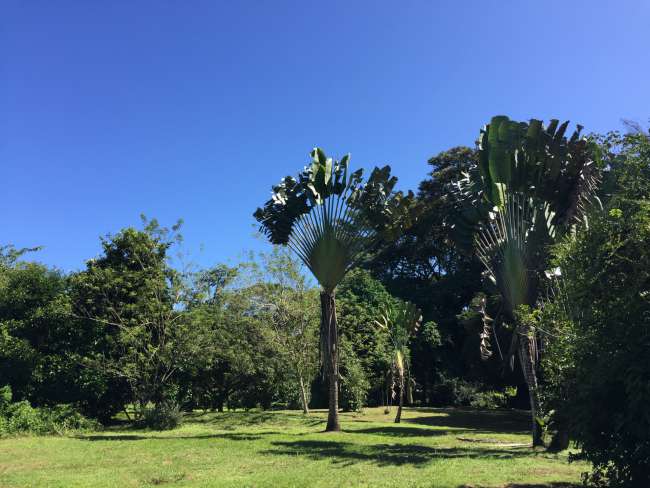
Отчеты о поездках Панама
